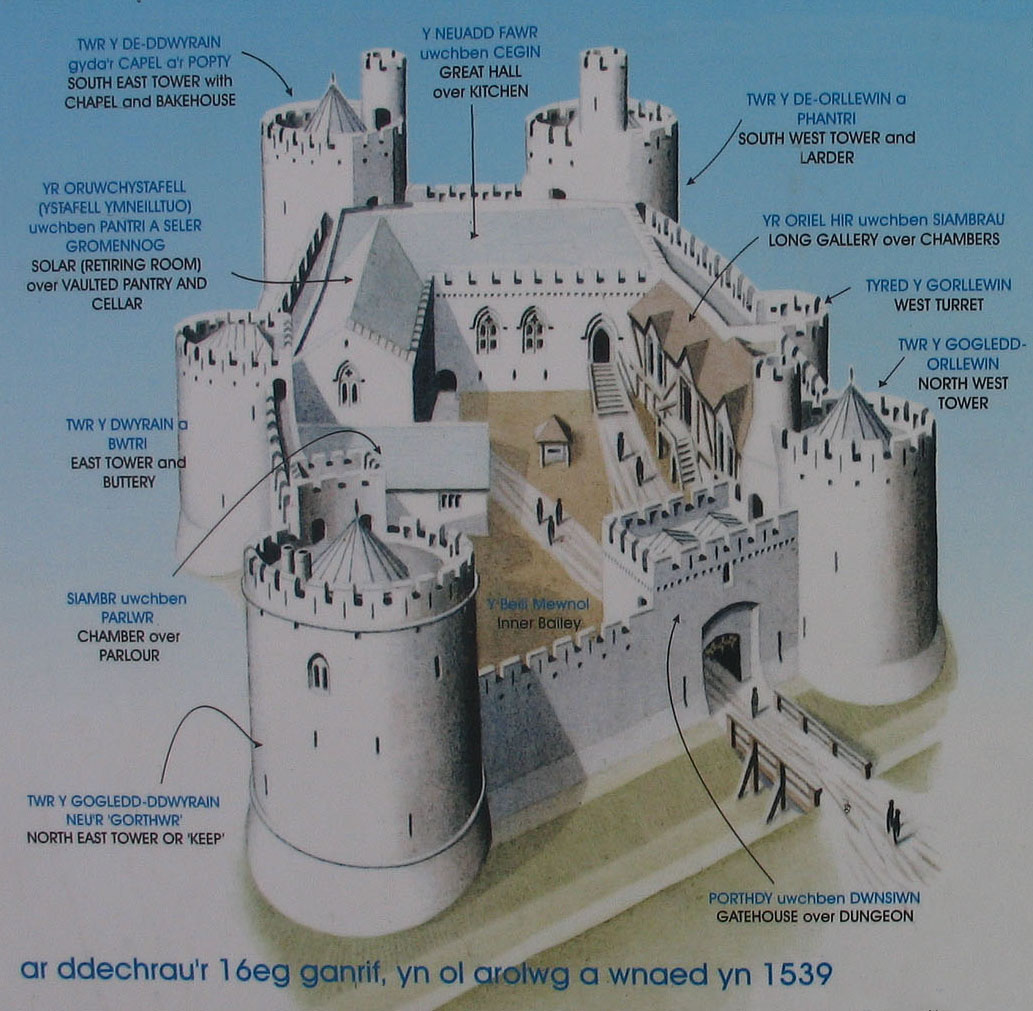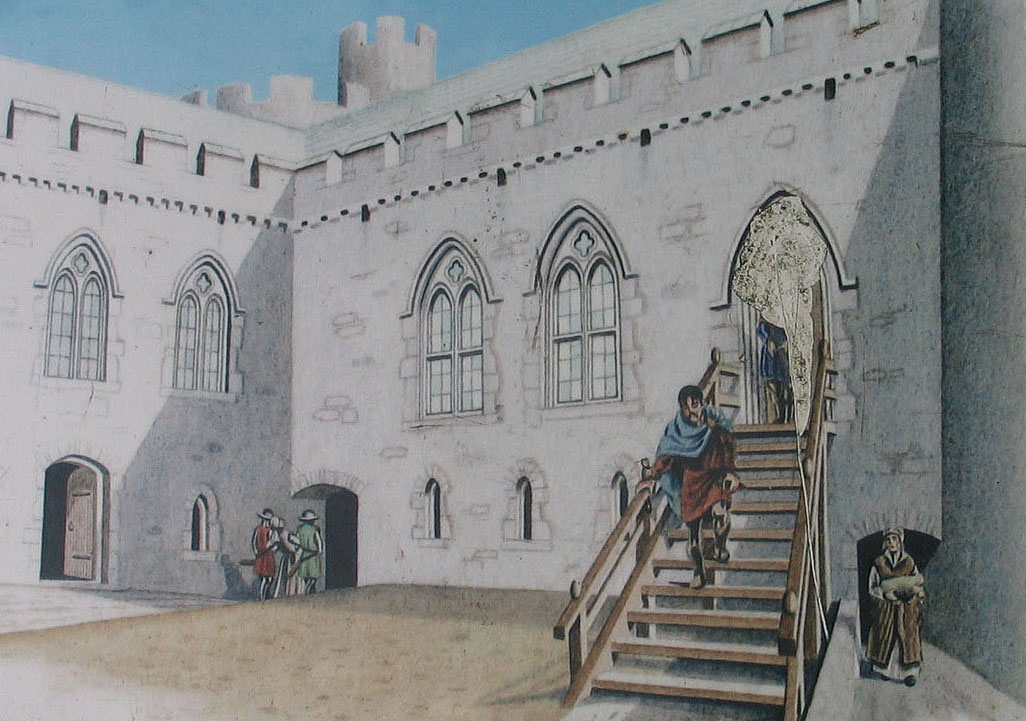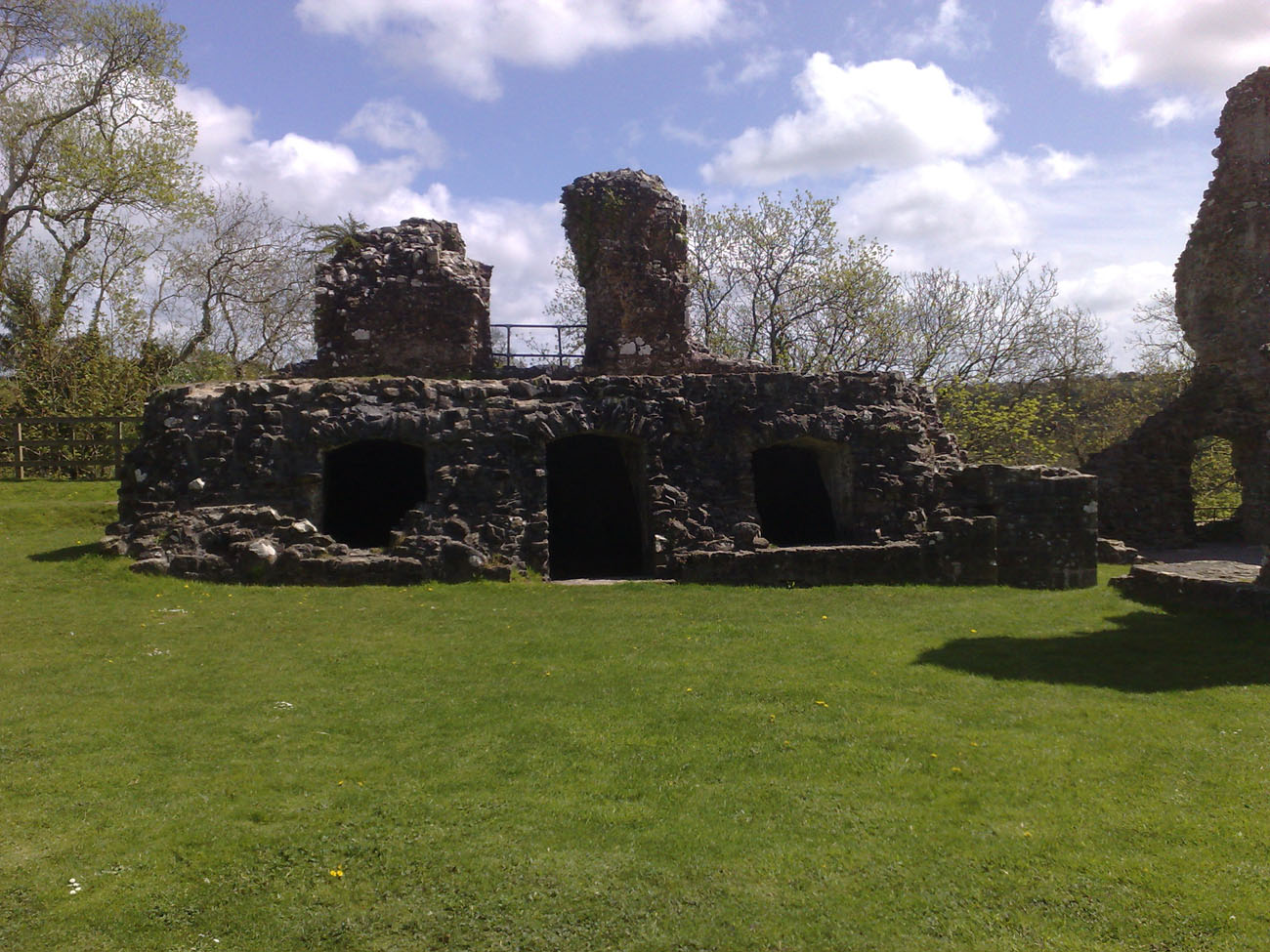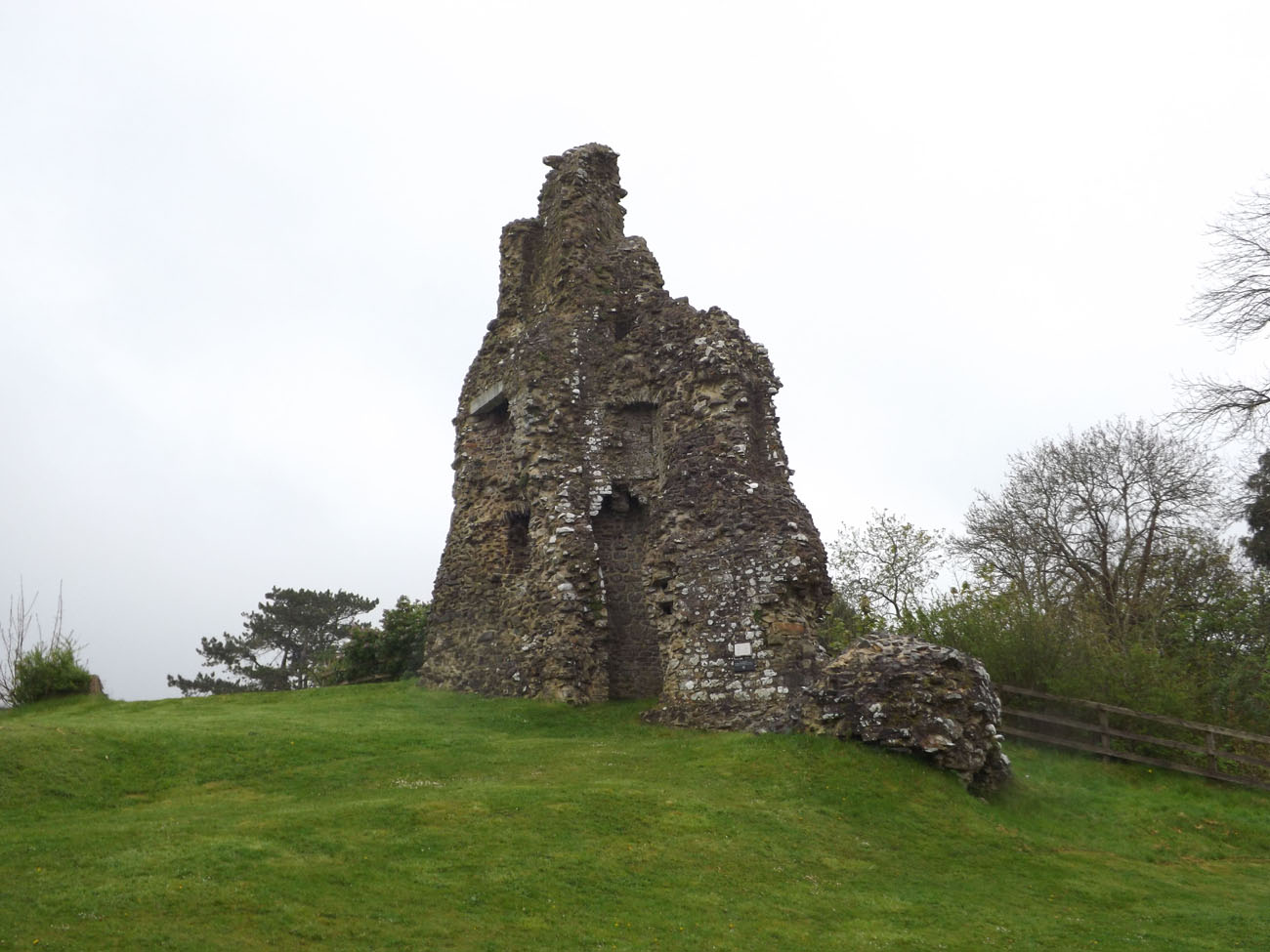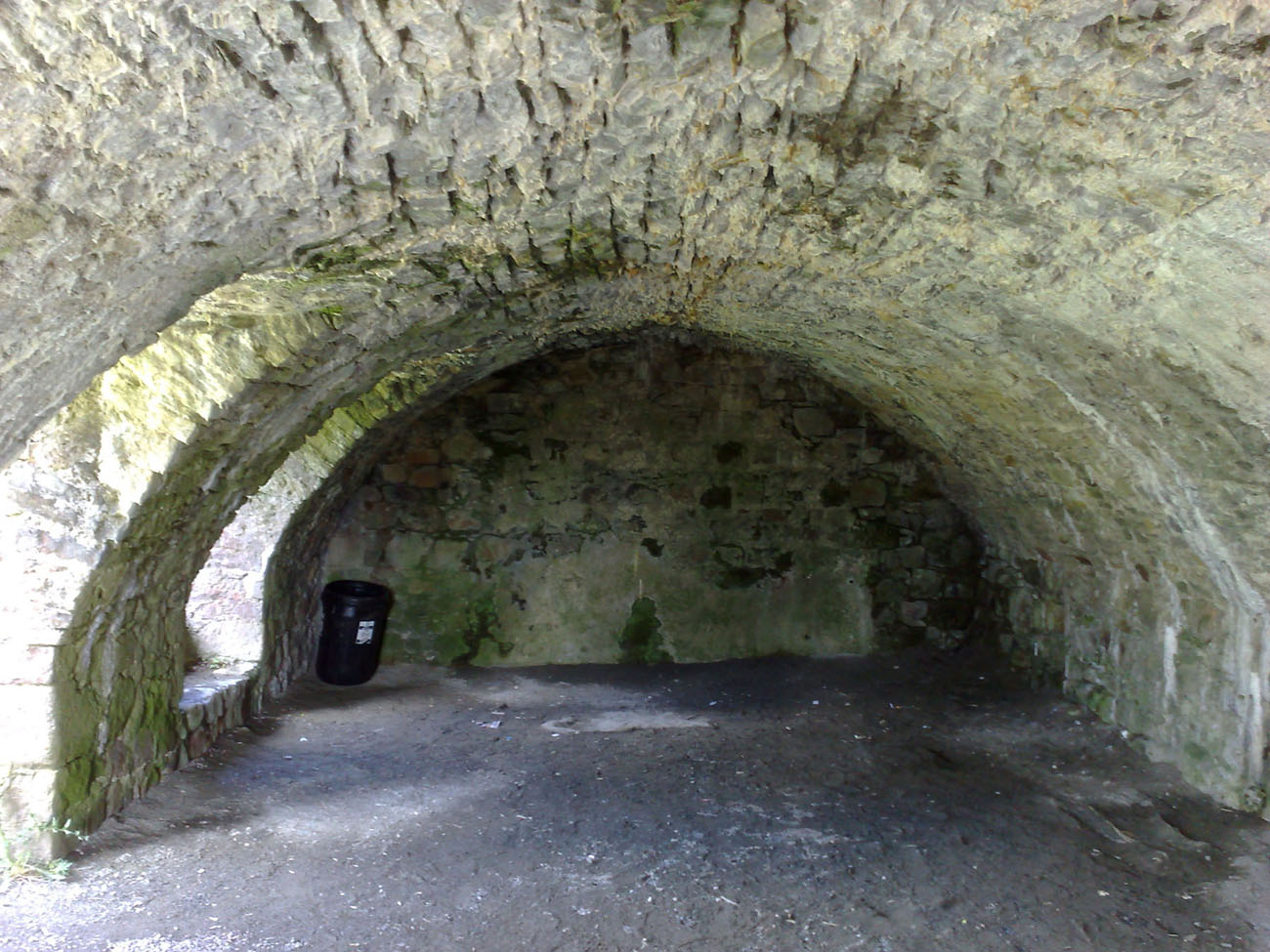History
The exact date of the creation of the Narberth Castle and the name of its founder are unknown. In the cherter of king Henry I, dated around 1130, it is allowed to harvest timber from “our Narberth forest”, which suggests that it was then the property of the Crown. Perhaps the castle was built by the Earl of Shrewsbury, Robert Bellême, and then passed into the hands of the king, who took his lands in 1102. After all the castle was erected as one of the many strongholds that were supposed to protect the Norman lands in Pembrokeshire and was in the so-called Landsker Line, or a series of fortifications defining the twelfth century range of Anglo-Norman conquest.
In 1116, the castle was attacked and burnt by the Welsh and if it was in a different place earlier, it was during the reconstruction period, that it was moved to its current location. Just like the previous building, it was still timber – earth castle in a ringwork or a motte and baily form. Around 1140, it passed into the hands of Henri Fitz Roy, the illegitimate son of king Henry I, despite being part of the estate of Gilbert de Clare. In 1159 and 1215, Narberth was again attacked by the Welsh. In both cases it was burnt, but was quickly recaptured and rebuilt. In 1247 it became the property of Roger Mortimer, Lord of Wigmore, and ten years later destroyed by Welsh troops led by Llywelyn ap Gruffudd. After regaining the destroyed stronghold, Mortimer began its reconstruction, but this time for the first time a stone was used. Despite this, again in 1299, at least part of the castle was burned during the Welsh invasion. The size of the destruction is unknown, though Mortimer complained to the king that some of his men were killed.
In 1322, Roger Mortimer supported the Earl of Lancaster rebellion against king Edward II. After the defeat of the rebellion, he lost Narberth and was imprisoned in the Tower of London, where he died in 1326. The castle later passed through the hands of several owners before it was restored to the Mortimer family in 1354. In 1402, however, it was again confiscated when Edmund Mortimer allied with Owain Glyndŵr during his Welsh uprising. The constable of the castle was than Thomas Carew, who in 1404 successfully defended Narberth against the Welsh rebels. It prompted Henry IV to reward him of the castle.
Narberth was restored to the Mortimers family in 1413 by Henry V. However, when Edmund Mortimer died without money in 1422, the castle returned to the Crown. Henry VI then gave it to Richard, the Duke of York, until his death at the Battle of Wakefield in 1460. It remained in the possession of the Crown until Henry VIII granted it to Sir Rhys ap Thomas, the owner of the Carew Castle. At that time, the building was already in bad condition and in the seventeenth century fell into total ruin.
Architecture
A stone castle from the 13th century was erected on an elongated hill, on a polygonal plan similar to a rectangle, separating a courtyard with dimensions of about 45 x 25 meters. It consisted of a single circumference of the defensive wall, reinforced in the corners with four cylindrical towers, the north-eastern one of which was much larger (about 12 meters in diameter) and presumably served as a keep. The eastern and western curtains of the wall were additionally strengthened by smaller, semicircular towers.
In the partially preserved northern towers, fireplaces and latrines were found, and probably similar were also in the southern towers. The south-east tower had three floors, with a bakery on the ground floor and a chapel on the first floor. Similarly, three storeys, according to sources, were to be housed in a tower – keep, with three residential chambers above the economic ground floor. Its lower part was widened with a diagonal plinth topped with a shaft.
In the southern part of the courtyard there was a large L-shaped building, adjacent to the inner faces of the defensive walls and towers. On the first floor, it had a great hall and private apartments (solar), and in the ground floor there was a kitchen and pantries. The narrow wing was also supposed to be located in the western part of the courtyard, in which a long gallery was to be built at the beginning of the 16th century.
The gate was located between the two northern towers, in the gatehouse located entirely within the courtyard and not protruding from the perimeter of the defensive walls. The fortified outer bailey stretching on the northern side was of a wooden structure. It was separated from the main castle by a dry moat.
Current state
The castle has been preserved to the present day in a poor state. The ruins of the two southern towers and relics of the southern building with preserved one vaulted room are the best visible. Also on the north side, a fragment of the keep has survived. Narberth is now owned by the Pembrokeshire County Council and is open to the public all year round.
bibliography:
Kenyon J., The medieval castles of Wales, Cardiff 2010.
Salter M., The castles of South-West Wales, Malvern 1996.
The Royal Commission on The Ancient and Historical Monuments and Constructions in Wales and Monmouthshire. An Inventory of the Ancient and Historical Monuments in Wales and Monmouthshire, VII County of Pembroke, London 1925.
Website castlesfortsbattles.co.uk, Narberth castle.



